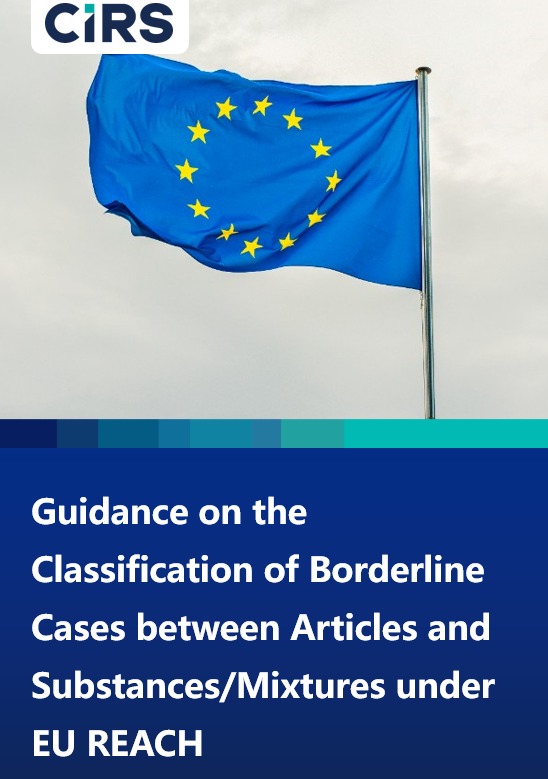On November 21, 2025, the Official Journal of the European Union published three Commission Delegated Directives, introducing centralized revisions to multiple lead-related exemptions under the Restriction of Hazardous Substances (RoHS 2) Directive (2011/65/EU). These amendments focus on lead applications in alloys, glass/ceramics, and high melting temperature solders.
I. Lead as an Alloy Element in Steel, Aluminum, and Copper
1. Steel
- Entry 6(a)-I (Machined Steel)
-
- Exemption cap: 0.35% lead by weight
- Scope: EEE categories 1–7, 10 (IT, telecom, consumer electronics, lighting)
- New expiry: June 30, 2027
- Rationale: Lead improves machinability; no cost-effective bulk substitutes yet identified. A new substitution study must be submitted by end-2026.
-
- Entry 6(a)-II (Batch Hot-Dip Galvanized Steel Components)
-
-
- Exemption cap: 0.2% lead
- Scope: Same as above
- Expiry: June 30, 2027
- Note: Lead in galvanizing baths suppresses zinc spangling but raises environmental risks; strict control required for zinc ash/byproduct recycling.
-
2. Aluminum
- Entry 6(b)-I (Recycled Aluminum)
-
- Cap tightened from 0.4% to 0.3% lead, limited to cast alloys from lead-containing scrap.
- Expiry: Categories 1–7,10 – Dec 11, 2026; Categories 9 (industrial controls) & 11 – June 30, 2027.
-
- Entry 6(b)-II (Machined Aluminum)
-
- Direct revocation: New applications prohibited from Dec 2025; full phase-out by June 30, 2027.
- EU view: Bismuth/tin alloys and coated tools now suffice for most machining needs.
-
- New Entry 6(b)-III
-
-
- Recycled lead-containing cast aluminum (≤0.3% Pb) for Categories 1–8, 9 (non-industrial controls), 10.
- Expiry: June 30, 2027.
-
3. Copper
- Entry 6(c) (Copper Alloys ≤4% Lead)
-
-
- Full-category exemption extended to June 30, 2027.
- Technical basis: Lead enhances machinability and anti-friction properties, crucial for valves, connectors, and safety components.
- Key restriction: Compliance with REACH Annex XVII, Article 63(7) – lead release rate ≤0.05 µg/cm²/h for items accessible to children.
-
II. Glass and Ceramic Components
The original broad exemption Entry 7(c)-I is split into 7(c)-V (glass) and 7(c)-VI (ceramics), with new subcategories:
1. 7(c)-V (Glass/Glass-Matrix Compounds)
-
- Applications: High-voltage diode glass beads, ceramic-metal-glass seals, sealing glass (viscosity <500°C), resistor pastes (1 Ω/□–100 MΩ/□), microchannel plates (MCPs).
- Expiry: Dec 31, 2027 (all categories).
2. 7(c)-VI (Functional Ceramics)
-
- Applications: Lead zirconate titanate (PZT) piezoelectric ceramics, PTC thermistor ceramics.
- Expiry: Dec 31, 2027 (excludes substitutable low-voltage multilayer ceramic capacitors).
3. 7(c)-II (High-Voltage Ceramic Capacitors)
-
- Renewed until Dec 31, 2027. Lead-based ceramics remain superior for AC ≥125 V or DC ≥250 V applications.
III. High Melting Temperature Solders
The longstanding Entry 7(a) exemption is refined into seven subcategories (7(a)-I to VII):
i. Internal chip interconnections (edge >0.3 mm, current ≥0.1 A, voltage >10 V)
ii. Die-attach for high thermal/electrical conductivity
iii. Primary solder joints (anti-reflow)
iv. Secondary joints (ceramic BGAs, >220°C plastic packaging)
v. Hermetic seals (ceramic-metal housings)
vi. Specialty lamps (infrared, HID, oven)
vii. Audio transducers (>200°C peak)
- Lead content: ≥85% by weight
- Expiry: Dec 31, 2027
- Requirement: Renewal applications must be submitted 18 months prior (by June 30, 2026).
Implementation Timeline
- Member States must transpose amendments into national law by June 30, 2026.
- All provisions take effect from July 1, 2026. Post-expiry, companies must resubstitute lead or provide proof of scientific/technical non-substitutability for continued use.
Further Information
I. Lead as an Alloy Element in Steel, Aluminum, and Copper




